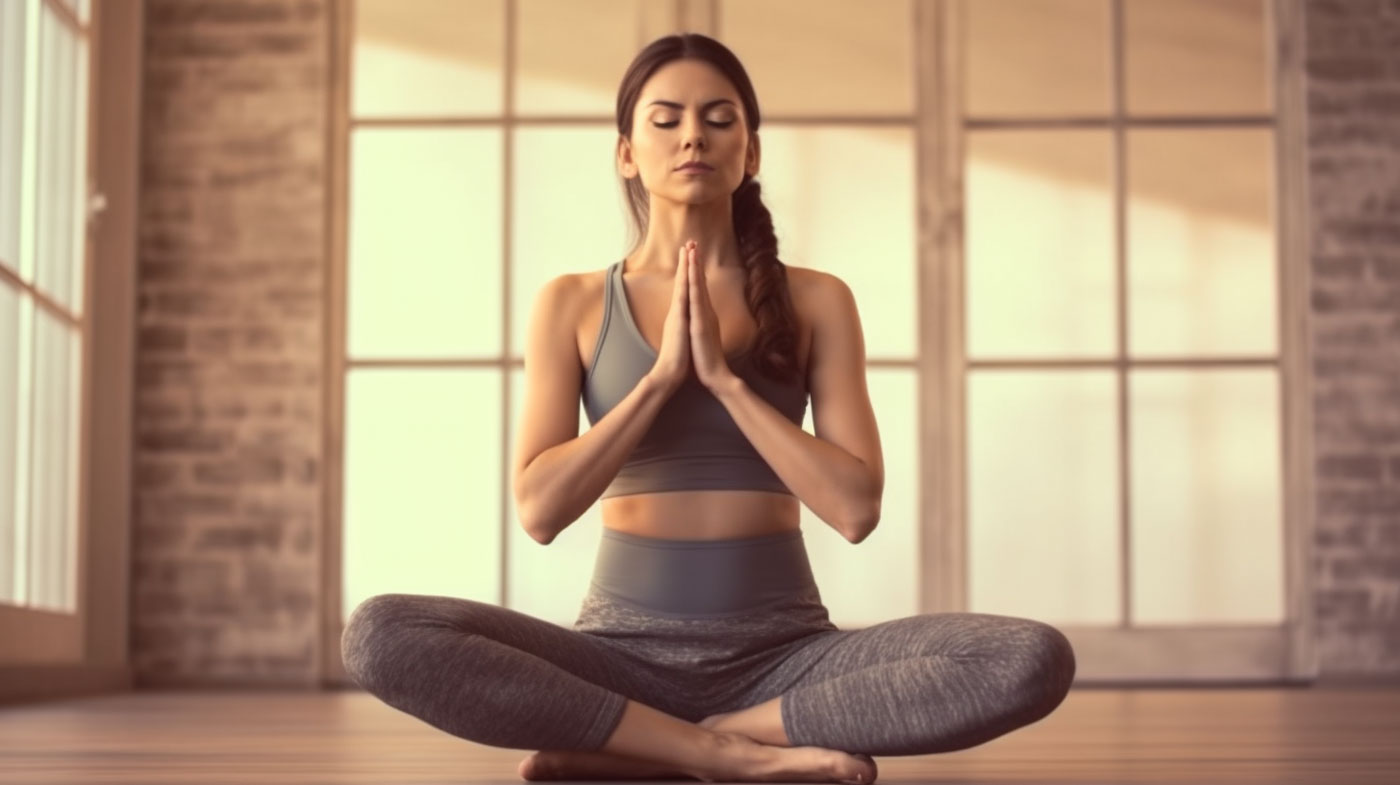The Enigmatic Power of Yoga
“Yoga is the journey of the self, through the self, to the self.” – The Bhagavad Gita
The ancient practice of yoga, with its roots in Indian philosophy, has in recent years transformed into a popular form of exercise, stress relief, and mindfulness across the globe. But what exactly is yoga, and how does it possess such immense power over our minds and bodies?
A. Definition of Yoga
Yoga is an all-encompassing term that refers to a group of practices designed to bring harmony and connection between the mind, body, and spirit. Through various techniques such as postures (asanas), breath control (pranayama), and meditation (dhyana), yoga aims to foster a state of balance and inner tranquility.
B. Benefits of Yoga for Stress Relief
In our modern, fast-paced lives, stress and anxiety have become common plagues that wreak havoc on our mental and physical well-being. Yoga, with its emphasis on mindfulness and conscious movement, offers a powerful antidote to these afflictions. Let us delve deeper into the myriad ways yoga can alleviate stress and rejuvenate our lives.
II. Physical Benefits of Yoga: Graceful Strength in Motion
A. Improved Flexibility
When we are stressed or overwhelmed, our bodies tend to tense up, leading to stiffness and discomfort. Yoga, with its myriad of asanas, encourages the gradual elongation of muscles and connective tissues, thereby enhancing flexibility and alleviating physical stress.
B. Improved Strength
Yoga not only imparts flexibility but also bestows upon practitioners a quiet strength. Through various weight-bearing postures such as planks and lunges, yoga helps sculpt lean muscles, promoting an overall sense of resilience and well-being.
C. Improved Balance
Within the realm of yoga, the attainment of balance speaks to both the physical and mental aspects of our being. As we challenge our bodies to maintain equilibrium in various postures, we also train our minds to stay present and focused.
III. Mental Benefits of Yoga: A Sanctuary for the Mind
A. Improved Concentration
Our modern lives are often fraught with scattered thoughts and distractions, making it difficult to maintain focus on any single task. Yoga, with its emphasis on mindfulness and breath awareness, helps us cultivate a heightened sense of concentration, empowering us to tackle life’s challenges with calmness and clarity.
B. Improved Self-Awareness
Yoga beckons us to embark on an inward journey, encouraging introspection and self-discovery. Through this process, we become more attuned to our bodies and emotions, allowing us to address and manage stressors with wisdom and discernment.
C. Improved Stress Management
With the harmonization of mind, body, and spirit, yoga offers us a potent toolkit for managing stress. The meditative aspects of yoga help release tension in the nervous system and encourage a natural relaxation response, while the physical practice helps release endorphins and foster a sense of accomplishment and self-efficacy.
IV. Different Types of Yoga: A Tapestry of Practices
As diverse as the human experience, yoga offers a multitude of styles and approaches to suit the unique needs and preferences of each practitioner.
A. Hatha Yoga
Hatha yoga is often considered the foundation from which all other styles have emerged. This gentle approach emphasizes slow, deliberate movements and a focus on proper alignment, making it accessible for beginners and seasoned practitioners alike.
B. Vinyasa Yoga
Vinyasa yoga is characterized by its fluidity and rhythm, where breath and movement are seamlessly intertwined. This dynamic style offers a more vigorous practice that may appeal to those seeking a more intense workout.
C. Restorative Yoga
Restorative yoga is the balm for weary souls, with its emphasis on relaxation, deep breathing, and supported postures. This gentle style is ideal for those seeking respite from stress and anxiety or recovering from illness or injury.
V. Tips for Practicing Yoga: Embarking on a Personal Journey
A. Find a Style of Yoga That Works for You
With countless styles and approaches available, it is essential to find the type of yoga that resonates with you. Experiment with different classes and teachers to discover the practice that will best support your journey towards stress relief and personal growth.
B. Set Realistic Goals
As in all aspects of life, it is crucial to approach your yoga journey with patience and self-compassion. Honor your body’s limitations, set achievable goals, and celebrate progress, no matter how small.
C. Listen to Your Body
Maintaining mindfulness throughout your practice will help you stay attuned to your body’s needs and messages. If you encounter pain or discomfort, modify your practice accordingly and remember that yoga is a personal exploration, not a competition.
VI. Conclusion: The Path Towards Wholeness
In conclusion, yoga offers a powerful method for alleviating stress and fostering connection between the mind, body, and spirit. By harnessing the transformative power of mindful movement, we can reclaim our sense of wholeness and navigate our lives with grace, resilience, and equanimity.
So, I leave you with this question: Are you ready to embark on a journey that could liberate you from the shackles of stress and empower you to embrace life with renewed vigor and serenity? If so, the path of yoga awaits.


Leave a Reply